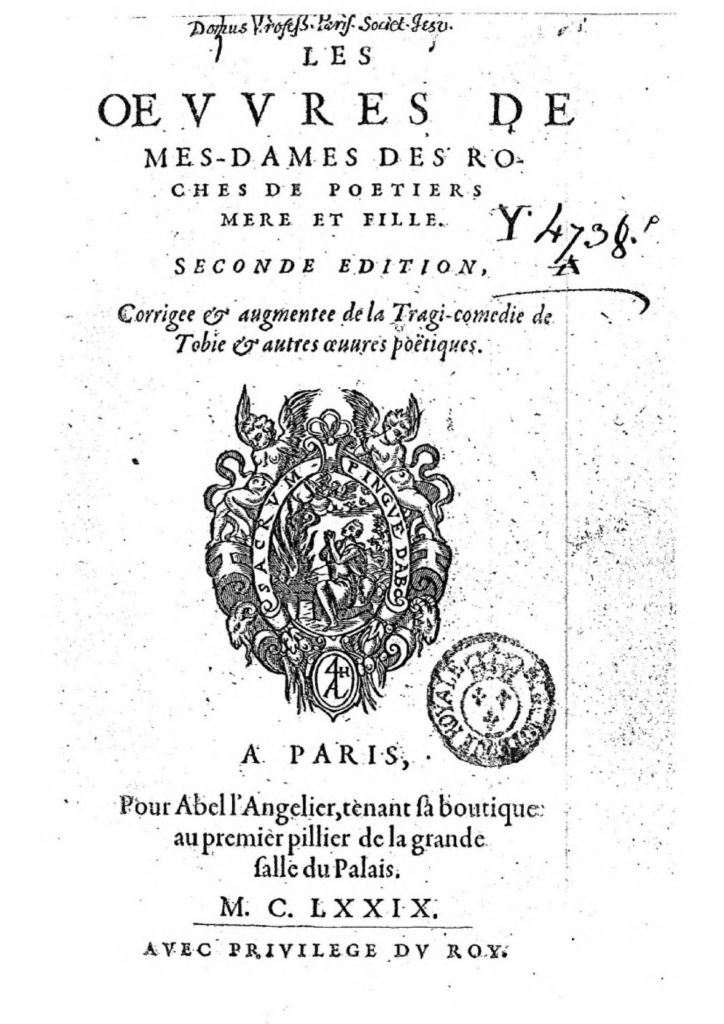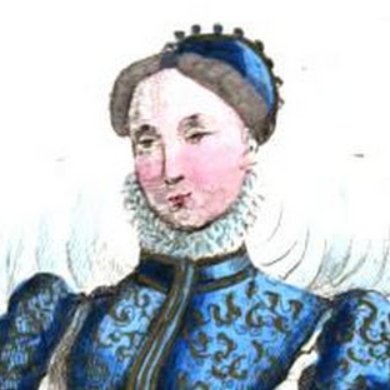DPhil student Nupur Patel (Lincoln College) gives us a glimpse into her research on sixteenth-century French women’s writing, and reflects on her journey to postgraduate work in French.
Admittedly, when I first began my Bachelor’s degree as an undergraduate of French and History, I had no intentions of pursuing postgraduate study. As much as I loved my degree, I always thought it was a distant dream to join the table of scholars at the University, and I was yet to find my own specialised area of interest. My third year was a transformational moment; I began to delve into early modern women’s writing which lit a fire in me. For my undergraduate dissertation, I came across Marguerite de Navarre, who is sometimes called the ‘Mother of the Renaissance’ for her great influence during her lifetime, and beyond. As I become more acquainted with her literature, I decided to explore her role as a playwright and patroness. In the process of reading and writing, I came across other women writers and became fascinated by questions of women’s agency and experiences. This coincided with discussions about intersectional feminism, activist movements and the global Women’s Marches which were placed at the forefront of newspapers and TV screens. These events encouraged me to study a DPhil which looked more deeply into early modern women’s agency.

My research looks at responses to the concept of modesty in the works of four sixteenth-century French women’s writers. In the early modern period, modesty was fundamental to the ways in which women are perceived and understood in society. It was means of controlling women’s bodies and sexuality, and was intimately linked to other concepts of chastity, shame and honour. In my project, I look at four sixteenth century women writers – Marguerite de Navarre, Les Dames des Roches and Gabrielle de Coignard – all of whom lived in different areas in France and show that it was possible for writers to challenge, rethink and even completely overturn modesty’s place in early modern French society. In the world of literature, they use their texts as ways to respond to modesty in ways that give them agency and liberate other women from the oppressive term. It is an empowering means for women to reclaim their bodies and sexuality from men who seek to constrain them. An important example where this takes place is late sixteenth century Poitiers, where poet Catherine des Roches lived with her mother, Madeleine des Roches. Together, the pair were known as Les Dames des Roches, and they produced three works in their lifetime: Les Œuvres and Les Secondes Œuvres – which included poetry and prose – followed by Les Missives – the first private letters to be published by women in France.

Catherine’s life was particularly intriguing, for she veered away from gender expectations of the time. Instead of marrying and having children, she chose to live with her mother with the hopes of nurturing her great passion for learning and writing. Her mother encouraged her writing, which scholars such as Estienne Pasquier and Scévole de Sainte-Marthe wrote about with great admiration in their dedications. Such figures honoured both women as very talented writers and salon hostesses. Estienne Pasquier, especially, was very fond of Catherine and recalled to his friend, Pierre Pithou, one particular moment during a salon meeting in which a flea landed on Catherine’s bosom; this inspired great wonder in him, which resulted in the publication of La Puce de Madame des Roches, a collection of poems by Pasquier and other male poets who write about this story. These poems come in the form of different languages and reveal an attempt to turn Catherine into an object of male desire. Many of the poets, including Pasquier, are mesmerised by the sight of the male flea sucking blood from her breast. Instead of reflecting male desire, Catherine chooses to reject them in her own flea poem. In her striking account of the flea landing on her bosom, she decides to make the flea a female nymph who seeks refuge from a tyrannical male god. Catherine transforms her body, once a site of eroticism, into a place of shelter and honour; she liberates it from shame and desire and turns it into artistic inspiration for her poetry. Her poem is a striking example of how a woman writer can use her writing to challenge modesty and society’s conceptions of the female body; she, and others in my study, reveal moments of empowerment within the confines of patriarchal society.
Studying Catherine des Roches and the other women in my study has been a very rewarding experience, and a great reminder of the breadth of topics that can be studied in French literature. As I try to unearth moments of early modern women’s agency, I have colleagues who study medical literature, postcolonial texts, the depiction of disabilities, and dancing manuals. As my first undergraduate dissertation taught me, when studying languages, the possibilities at endless, whether, like me, you are looking at women’s writing in the sixteenth century, or at something completely different.
by Nupur Patel
